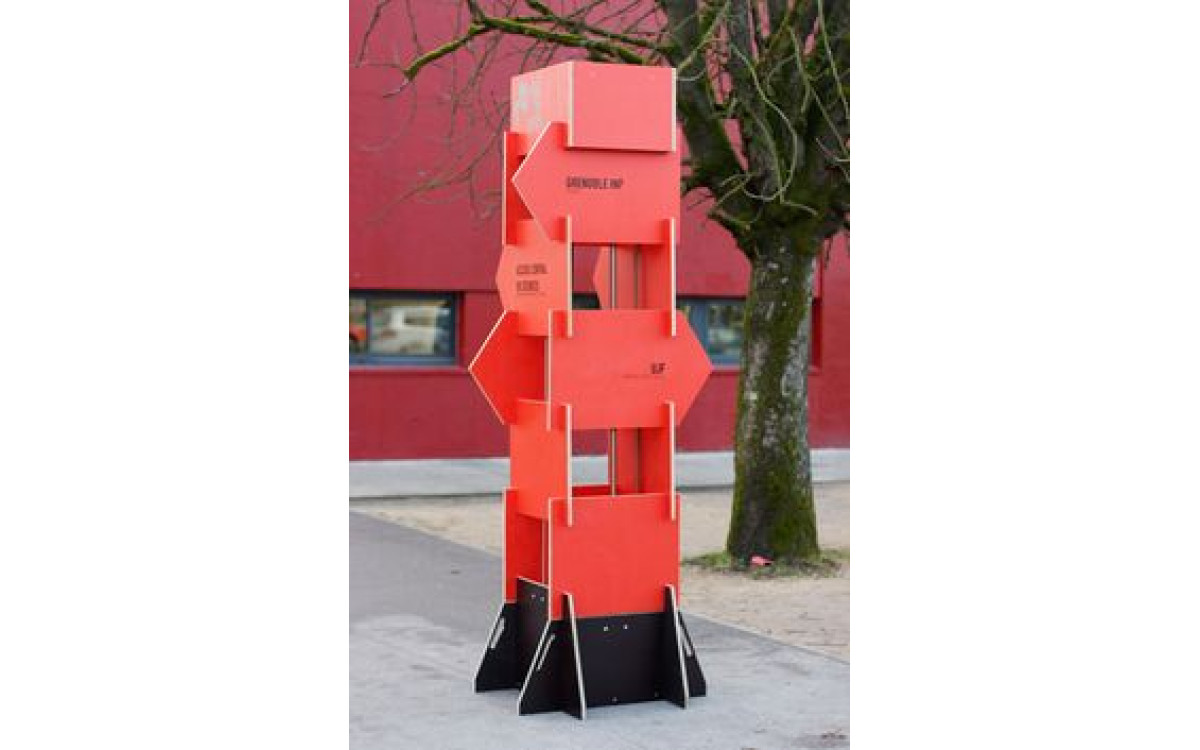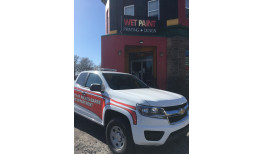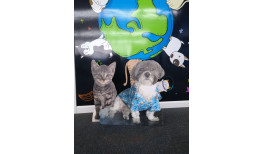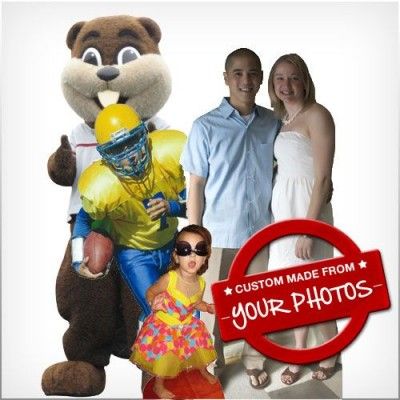Wayfinding
generally refers to information systems put in place to guide people through a physical
environment and help them better understand and experience the space. Wayfinding
systems combine signage and map design, typography, color and symbols to
effectively navigate people through a space.
Wayfinding
design is especially important in built environments and provides the visual
cues for people to use to reach their destinations easily. They also serve to
ease stress and promote wellbeing in such environments by making people feel
safe and secure.
So what should you consider when designing your
wayfinding designs?
When
designing wayfinding options, there are five major guiding blocks to adhere to:
create an identity at each location to make it easy to pick out or find, use
landmarks to provide orientation cues as these will confirm to the person that
they are at the right place, create well-structured paths or walkways to ease
navigation, ensure each region has a distinctive visual character to allow the
person to discern easily, and suggest as few/little decisions as possible so as
to maintain an easy movement plan.
As concerns
the actual messaging on your wayfinding sign:
v Write in headline text: Try your best to simplify your text into a short punchy
output making it both concise and simple. It is possible to communicate well
without necessarily including prepositions and extra words. Employ the
recommended message hierarchy: headline, explanatory text, and lastly, a call
to action.
v Keep it simple: Ensure your sign’s message is clear and without too much information.
People tend to ignored signs that are crowded with information. The best way to
ensure you are within acceptable limits is to apply the five-second rule, i.e. if
you can convey your entire message within five seconds or less then it is
ideal. If it takes longer, you are better off using a series of successive signs
if you can’t shorten your message any further.
v Be specific: Make sure you give people the right message in just the right place. By
applying narrowcasting you can work on including only specific details, in this
case location-specific instructions only.
v Create a call to action: Any sign is ideally intended to get the viewer to do
something; otherwise called the call to action. Your wayfinding sign needs to
have a simple and clear goal attached to it.
Types of wayfinding signs
Wayfinding
signs are divided into four distinct types: informational, directional, regulatory
and identification. On their own, each wayfinding sign serves a particular
purpose, but what is interesting is the fact that they are part of a seamless
system and all inform each other. Informational signs give some more insight
into an area of a building that a person may be in, e.g. building level (1st
floor/ Basement/ 9th floor etc), services available, or the
different stores on it (in case it is a mall, for example). Directional signs are
like small markers showing a person which part of the building or premises to
head towards or away from if they are trying to reach a particular section.
Regulatory signs tend to remind the user on expected code of conduct around
where they are. Some also double up to warn of any danger (e.g. wet floors,
silence, no smoking, switch off devices, etc). Identification signs may also
serve the same person as the Information signs but without detail. As the name
suggests, they basically name the place/ section around where the person may be
(e.g. Groceries/ Cosmetics/ Dairy/ Hardware sections in a supermarket, etc). In
offices, there could be signs on doors marking the occupant’s title e.g. CEO,
MD, HR Manager, IT Support, etc. All these signs serve as wayfinding aids and
feed into each other to guide a person to reach their intended destination
easily.
Examples of
places where you are likely to find wayfinding signs are bathrooms/ restrooms,
particular shops or stores in a mall, staircase, elevators, escalator, parking
area, restricted area, reserved area, cash register, and many other sections
within a bigger whole (building or store).
Creating your own wayfinding signs using
cardboard cutouts
There are many companies out there that
produce signage pieces, whether as normal/ basic signage or all the way up
there neon signs. Once you furnish them with the information required and
measurements, all you have to do is wait for your signs to be delivered and
maybe mounted at the appropriate locations.
However, it does not always need to
translate to spending money to have your wayfinding signs in place. The
professionally produced signage doesn’t really come cheap, yet it is something
that you can produce easily if you have the right tools with you.
Did you know that you can make your own
wayfinding graphics out of cardboard cutouts? All you need is measuring tape,
cardboard, cutting tools and a proper pen to write out what you need to
communicate. Once you measure and cut out the actual size make great wayfinding
graphics for use in all sorts of places. Just write everything out in large
legible handwriting and then stick them onto the wall or hang them off a hook!
Simple!




